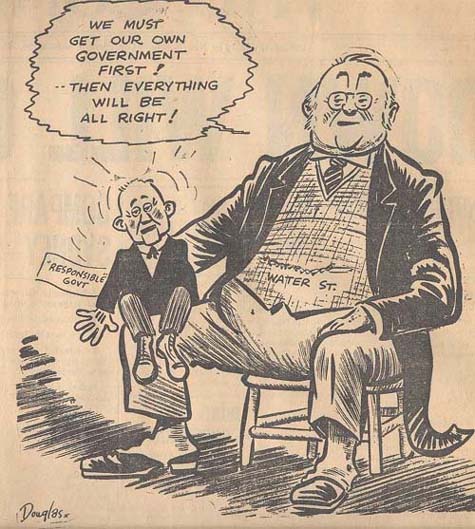


Logins for all VLC databases are found on the back of the VLC Bookmark.
Talk to your LCI today!


Check your public library or pay a visit to your school's learning commons to see if they have these or similar books. Your LCI will be happy to help you look...
The governor and his councillors often ignored the wishes of the Assembly:
"In the first decades of the 1800's people began to feel that their representative system was unjust. Often the governor and his councillors did not approve the bills recommended by the Assembly.
The Legislative and Executive Councils were typically composed of British citizens and supporters of Britain. The Assembly consisted mostly of French-Canadian members. As a result, the councils and Assembly had different priorities."
Douglas Baldwin, Rebellion And Union In The Canadas (Calgary: Weigl, 2003), 10
Population
"During the forty years following the Constitution Act [1791], the Canadas grew and prospered. Both colonies experienced population increases. While Upper Canada's population grew mainly from immigration, Lower Canada's population increase was due to it's high birth rate."
Douglas Baldwin, Rebellion and Union in the Canadas (Calgary: Weigl, 2003) 10
Responsible Government
"Representative and responsible government are the foundations of our democratic system today. Representative Government had been won in Upper and Lower Canada and the Maritime provinces by 1791. The next battle, for responsible government, was fought and won over the next 57 years."
Canada in the making, 2012, http://www.canadiana.ca/citm/specifique/responsable_e.html

Burning of the Parliament Buildings in Montreal, 1849 (Quebec)
"The Constitutional Act was passed in order to meet the demands of the Loyalists and give the inhabitants of Québec the same rights as other British subjects in North America."
Canada in the Making, 2012, http://www.canadiana.ca/citm/themes/constitution/constitution8_e.html

"Try to imagine. There was a time – in Canada as in much of the world – when it was legal for one person to own another. There was a time when a man, woman or child could be taken to market and sold, like a car or a sack of potatoes. Those who were owned – we call them “slaves” – worked not to support themselves, but their owners. Many were abused. Few learned to read and write. None could choose how and where to live their lives. Most slaves in North America were Africans, or the descendants of Africans who had been kidnapped and sold into slavery".

Email: vlc@ucdsb.on.ca